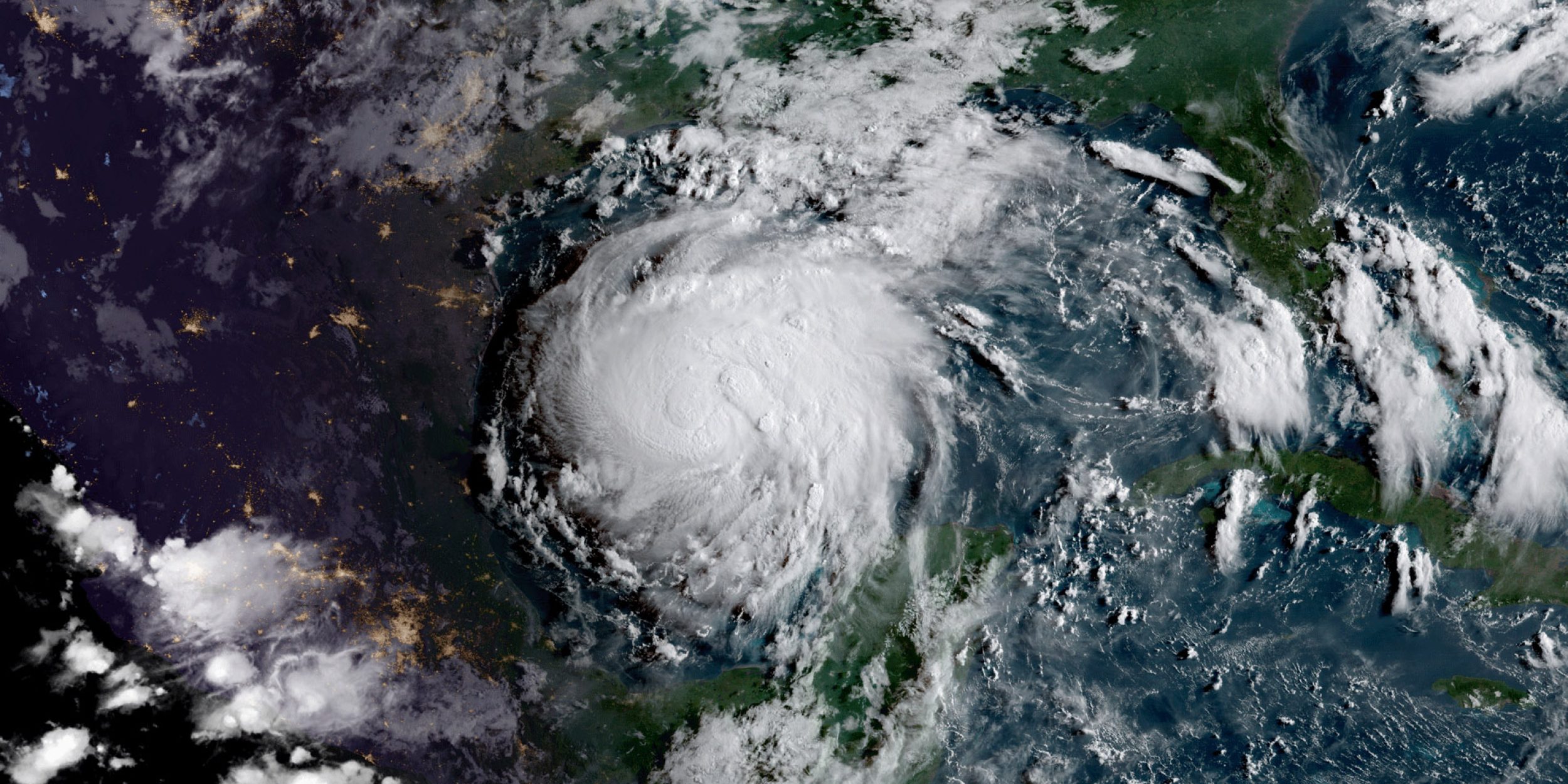The movement of landfalling tropical cyclones (TCs) can substantially affect the resulting damage. Since the beginning of the 21st century, Texas has experienced a number of devastating TCs; the three costliest ones being Tropical Storm Allison (June, 2001), Hurricane Ike (September, 2008), and Hurricane Harvey (August to September, 2017). All three TCs caused severe damage around the Greater Houston region- the most populous and industrialized region along the Texas coast. In addition, these TCs are ranked among the costliest TCs to have affected the United States, with a combined estimated damage of $171.6B. Critical measures needed to strengthen the Texas coastline against future TCs require an understanding of the region’s past TCs and their potential changes in the future in a changing climate.
In a new Nature Communications Article, authors Pedram Hassanzadeh, Chia-Ying Lee, Ebrahim Nabizadeh, Suzana J. Camargo, Ding Ma, and Lauren Y. Yeung, use multiple large-ensemble/multi-model datasets to examine how the June-September steering wind and translation speed of landfalling Texas TCs change in the future under anthropogenic climate change.
It was found that there were pronounced regional variations in the meridional steering wind response over North America, but―consistently across models―stronge June-September-averaged northward steering winds over Texas. A cluster analysis of daily wind patterns shows more frequent circulation regimes that steer landfalling TCs northward in the future. In addition, experiments show a robust projected increase in the northward steering winds over Texas, which could lead to an increase in the frequency of fast-moving landfalling TCs. The authors note that while this paper focuses on landfalling Texas TCs, the multi-model, multi-faceted approach can be readily applied to other regions in future work.This project was partially funded by the MAPP program.
———————————————————————————————–
About MAPP
The Modeling, Analysis, Predictions, and Projections (MAPP) Program is a competitive research program in NOAA Research’s Climate Program Office. MAPP’s mission is to enhance the Nation’s and NOAA’s capability to understand, predict, and project variability and long-term changes in Earth’s system and mitigate human and economic impacts. To achieve its mission, MAPP supports foundational research, transition of research to applications, and engagement across other parts of NOAA, among partner agencies, and with the external research community. MAPP plays a crucial role in enabling national preparedness for extreme events like drought and longer-term climate changes. For more information, please visit www.cpo.noaa.gov/MAPP.



